Shinjin datsuraku: The radical shedding of body and mind in Dōgen’s Zen
Dōgen Zenji’s radical approach to Buddhist practice and realization is vividly captured by the phrase shinjin datsuraku (身心脫落), “dropping off body and mind”. Attributed to Dōgen’s awakening under the Chinese Chán master Tendō Nyojō, this expression encapsulates a profound experiential insight central to Dōgen’s Zen: the total release of attachment to both corporeal existence and mental constructs. Understanding shinjin datsuraku is essential to grasping Dōgen’s redefinition of practice, selfhood, and liberation.

Zenga (Zen painting) of a vanishing figure in ink wash, symbolizing shinjin datsuraku, the radical dropping off of body and mind. Interpreted by DALL•E 2.
Historical context
Before encountering Tendō Nyojō, Dōgen had trained at several Chinese monasteries but remained dissatisfied with the formalism he often observed. Tendō Nyojō (天童如淨, Chinese: Tiantong Rujing, 1163–1228), then abbot of Jingde Monastery at Mount Tiantong, stood out for his uncompromising emphasis on direct, sincere practice. Known for his teaching of silent illumination and his call to “drop off body and mind” (shinjin datsuraku), Nyojō offered the living embodiment of the Zen spirit Dōgen had been seeking.
During a meditation session, Nyojō famously instructed the monks to “cast off body and mind”. Upon hearing this, Dōgen himself experienced a profound realization, which Nyojō later confirmed as genuine insight. This awakening became the cornerstone of Dōgen’s mature teaching. Upon his return to Japan, Dōgen made shinjin datsuraku a central motif, expressing through it the essence of authentic Zen practice grounded in direct, experiential realization.
The meaning of shinjin datsuraku
Shinjin (身心) literally means “body and mind”, encompassing both the physical and mental aspects of existence. Datsuraku (脫落) means “to cast off” or “to shed”. Together, the phrase indicates a complete letting go of both bodily self-attachment and mental clinging, not through willful effort, but through the natural unfolding of sincere, non-striving practice cultivated through zazen (seated meditation).
This dropping off is not annihilation, nor is it the rejection of existence. Rather, it points to a profound de-centering of the egoic framework that normally identifies with and clings to the body-mind complex. For Dōgen, shinjin datsuraku signifies the condition in which the practitioner, through continuous zazen, releases all attachments and self-referential views. In this state, one no longer grasps at experiences as “mine” or “self”, allowing body and mind to operate freely in accordance with the flow of reality. Thus, shinjin datsuraku is both the method and the result of authentic practice, a lived realization where reality unfolds without obstruction or distortion.
Shinjin datsuraku and zazen
For Dōgen, shinjin datsuraku is not a one-time mystical experience but a continuous process intimately linked with the practice of zazen. In zazen, practitioners allow thoughts, sensations, and attachments to arise and fall away without interference. Over time, the habitual identification with body and mind loosens, allowing practitioners to experience the unimpeded flow of reality.
In this sense, shinjin datsuraku is not a goal to be attained but the natural expression of genuine, non-striving practice. It is the lived experience of dropping all self-centered clinging, allowing the practitioner to merge with the unfolding of existence itself.
Philosophical implications
Dōgen’s shinjin datsuraku offers a radical redefinition of selfhood. In contrast to philosophical models that posit a fixed soul, a Cartesian “thinking subject”, or even a Buddhist notion of a subtle self progressing toward enlightenment, Dōgen’s insight denies the need for any enduring identity to anchor practice. Liberation arises precisely in the shedding of any such constructs.
This vision contrasts sharply with many religious and philosophical systems, both Eastern and Western, that emphasize purification, accumulation of merit, or cognitive attainment. In Dōgen’s view, true realization is not the achievement of a perfected self, but the abandonment of self-centered grasping altogether.
Furthermore, shinjin datsuraku resonates with Dōgen’s broader themes: the unity of practice and enlightenment, the sacredness of everyday activity, where even tasks like sweeping the floor or washing one’s face become full expressions of the Dharma, and the dynamic, impermanent nature of reality. In this view, dropping off body and mind is not a mystical escape from ordinary life, but a deep attunement to its most fleeting and intimate aspects.
Shinjin datsuraku in Dōgen’s writings
Dōgen references shinjin datsuraku in several key texts:
- In Genjō Kōan, he explores how dropping off body and mind allows reality to unfold freely, without distortion.
- In Shōbōgenzō fascicles such as Bendōwa and Zazenshin (Needle for Zazen), he describes it as the authentic outcome of sincere meditation.
- In the Eihei Kōroku, his recorded sayings, he often exhorts monks to understand and embody this shedding in their everyday practice.
Across these works, Dōgen consistently portrays shinjin datsuraku not as an abstract idea but as the lived heart of the Way.
Conclusion
Shinjin datsuraku encapsulates a core dimension of Dōgen’s Zen: liberation not through striving or transformation, but through the radical shedding of attachment to body and mind. It reflects Dōgen’s conviction that true practice lies in letting go of all egoic structures, thereby allowing reality to manifest unobstructed. This principle is not a metaphysical claim or an abstract doctrine but a lived process rooted in zazen — a continuous, sincere engagement with present experience.
Shinjin datsuraku is both the method and the result of practice, operating as a key concept in Dōgen’s critique of teleological views of enlightenment. It challenges the idea of spiritual progress as self-improvement or moral purification and instead reframes realization as the deconstruction of any self-referential perspective.
In contrast to Buddhist traditions that emphasize merit accumulation, ritual performance, or gradual cultivation, Dōgen’s approach, particularly through shinjin datsuraku, emphasizes immediacy, non-striving, and experiential release. Compared to Western philosophical models of the self (from Descartes to existentialism), Dōgen’s view offers a fundamentally relational and non-dual understanding of identity, one that neither isolates the subject nor dissolves it into abstraction.
In sum, shinjin datsuraku is not an esoteric experience reserved for advanced practitioners, but a description of the real possibility available in each moment of sincere, embodied practice. By shedding the constructs that ordinarily define and limit us, Dōgen shows that we can encounter the world as it is, without resistance, and without remainder.
References and further reading
- Oliver Bottini, Das große O.-W.-Barth-Buch des Zen, 2002, Barth im Scherz-Verl, ISBN: 9783502611042
- Heinrich Dumoulin, Geschichte des Zen-Buddhismus, Band 1+2, 2019, 2., durchgesehene und erweiterte Auflage, Francke A. Verlag, ISBN: 9783772085161
- Hans-Günter Wagner, Buddhismus in China: Von den Anfängen bis in die Gegenwart, 2020, Matthes & Seitz Berlin, ISBN: 978-3957578440
- Jr. Buswell, Robert E., Jr. Lopez, Donald S., Juhn Ahn, J. Wayne Bass, William Chu, The Princeton dictionary of Buddhism, 2014, Princeton University Press, ISBN: 978-0-691-15786-3
- Oliver Freiberger, Christoph Kleine, Buddhismus - Handbuch und kritische Einführung, 2011, Vandenhoeck & Ruprecht, ISBN: 9783525500040
- Dogen Zenji, Shobogenzo – Die Schatzkammer des wahren Dharma-Auges, 4 Bände, 2013, Verlage: Kristkeitz Werner, Übersetzung: Ritsunen Gabriele Linnebach, Gudo Wafu Nishijima, ISBN: 9783921508909
- Dogen Zenji, Unterweisungen zum wahren Buddha-Weg. Shobogenzo Zuimonki (2011), Verlage: Kristkeitz Werner, ISBN: 9783932337680
- Dogen Zenji, Hōkyōki, 2020, Angkor Verlag, Übersetzung: Guido Keller, Taro Yamada, Hidesama Iwamoto, ISBN: 9783943839821
- Dogen Zenji (Autor), Guido Keller (Übersetzer), Taro Yamada (Übersetzer), Eihei Shingi - Regeln für die Zen-Gemeinschaft, 2022, BoD – Books on Demand, ISBN: 9783988040008
- Dogen Zenji (Autor), Guido Keller (Übersetzer), Eihei Kôroku, 2017, Angkor Verlag, ISBN: 9783936018936
- Shohaku Okumura, Die Verwirklichung der Wirklichkeit - «Genjokoan» - der Schlüssel zu Dogen-Zenjis Shobogenzo, 2014, Kristkeitz, ISBN: 9783932337604
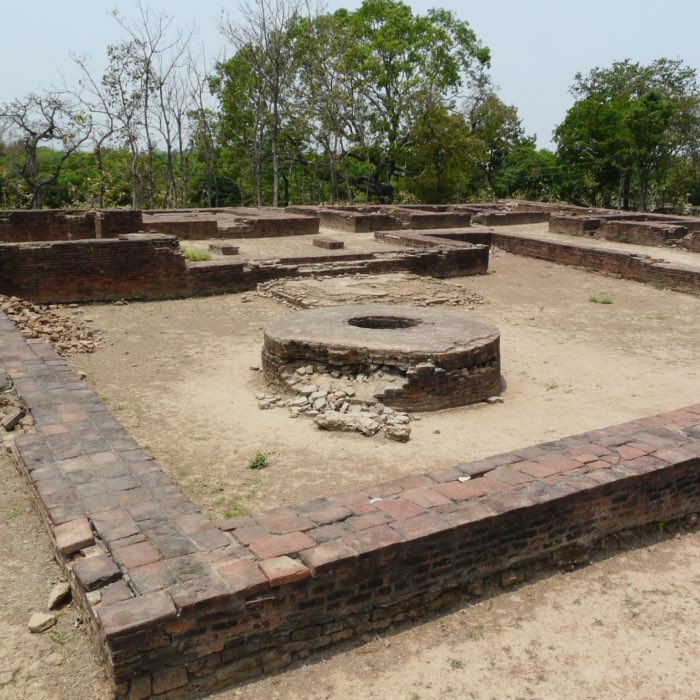
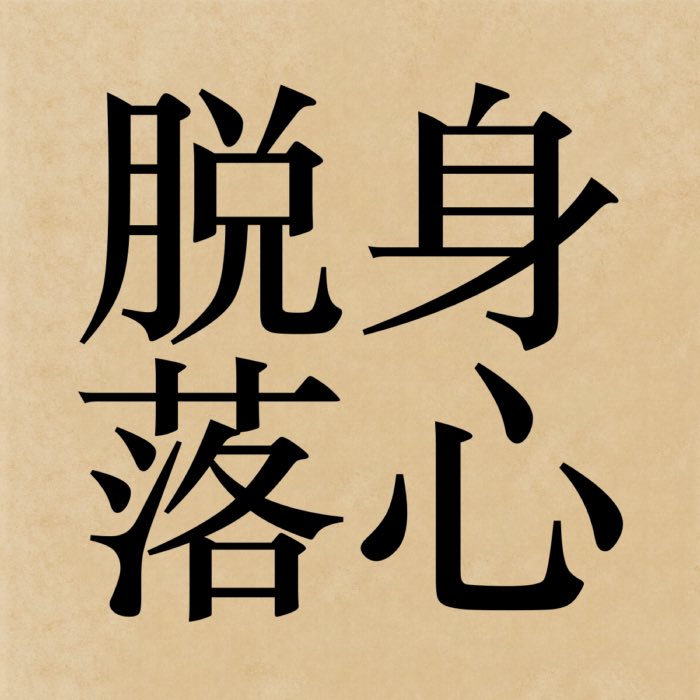
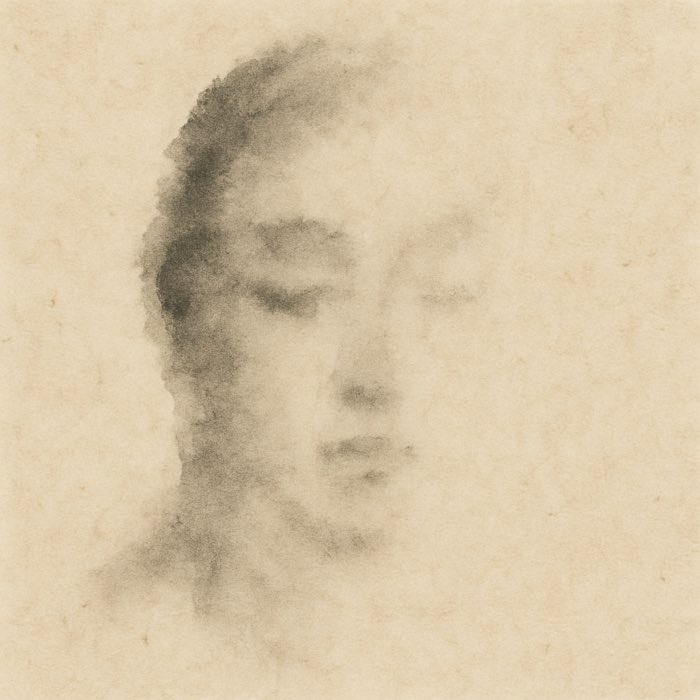

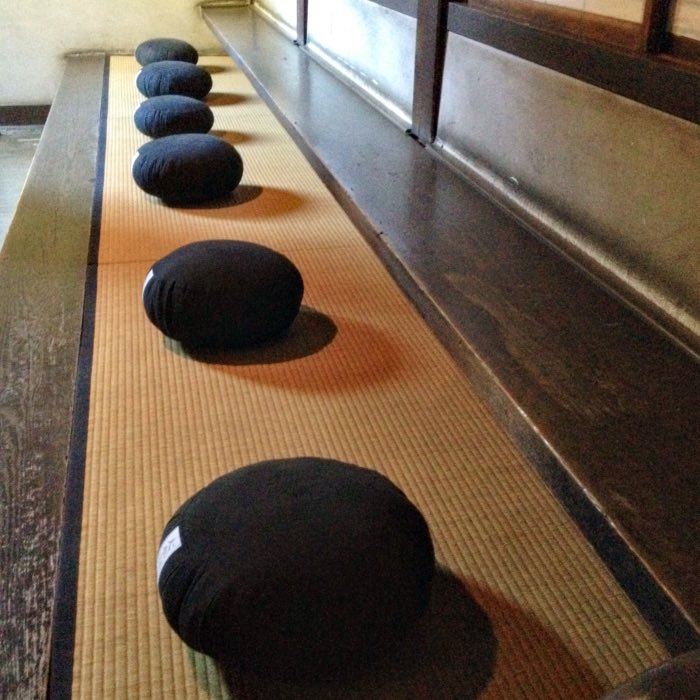
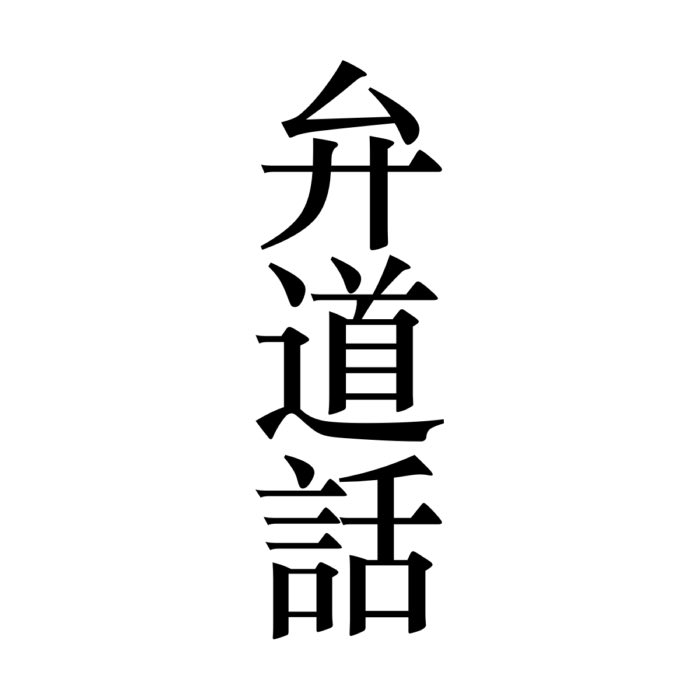
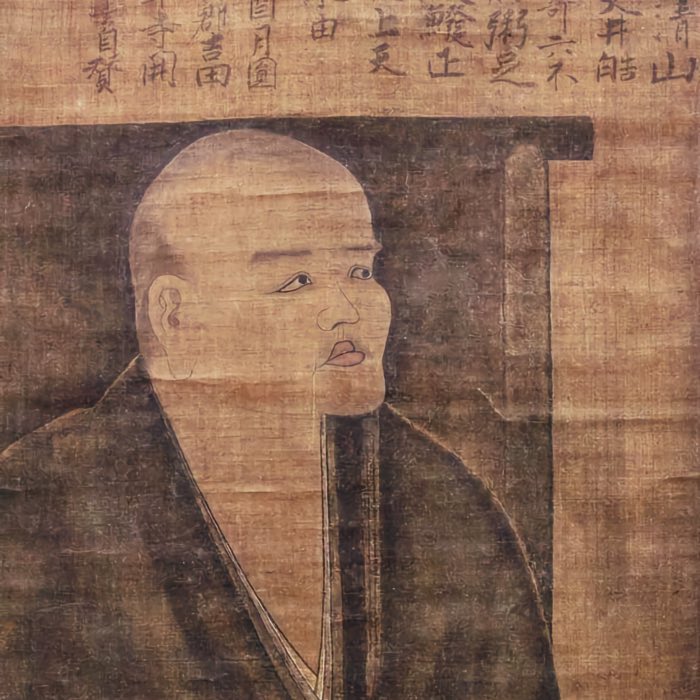
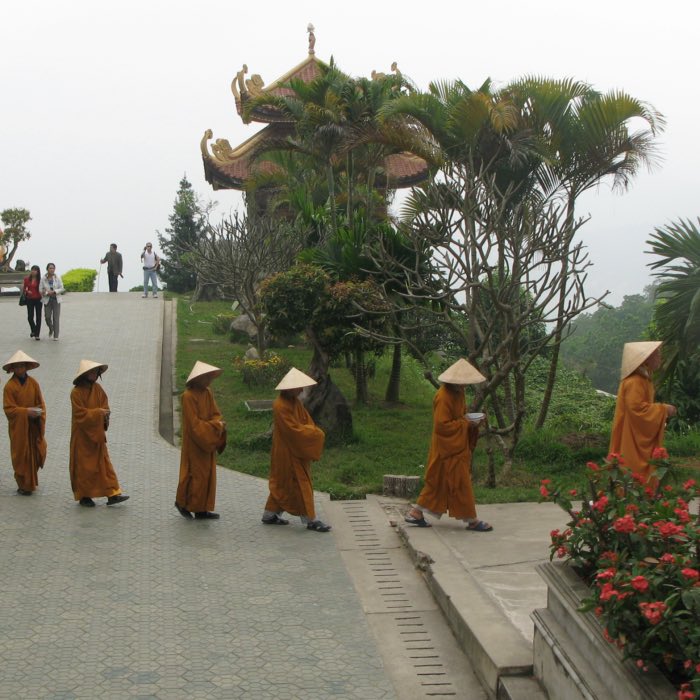
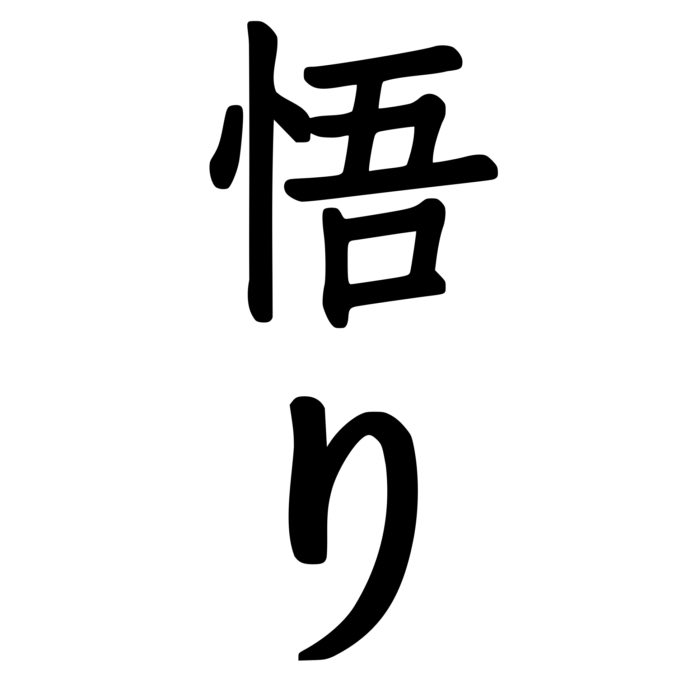
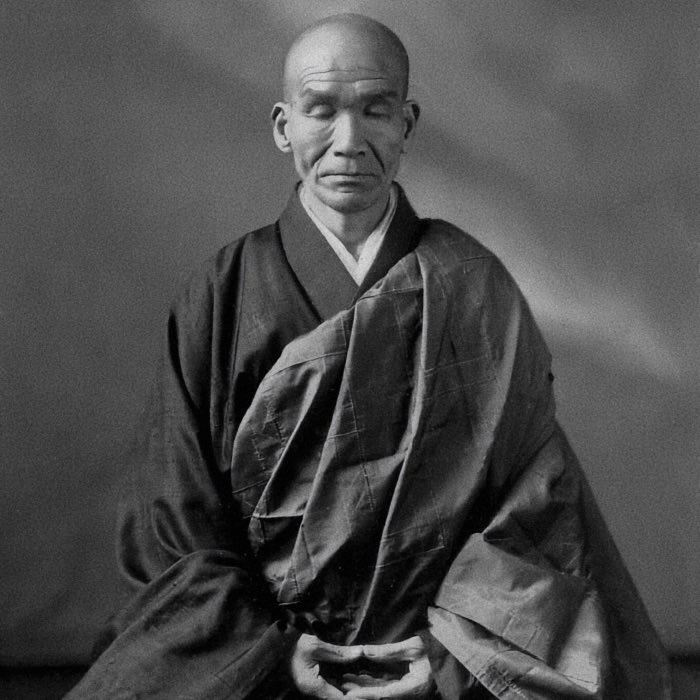
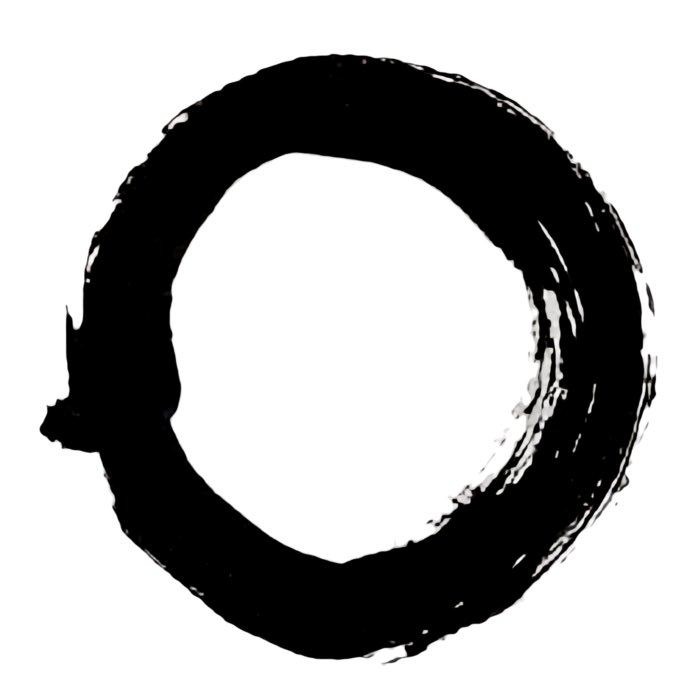
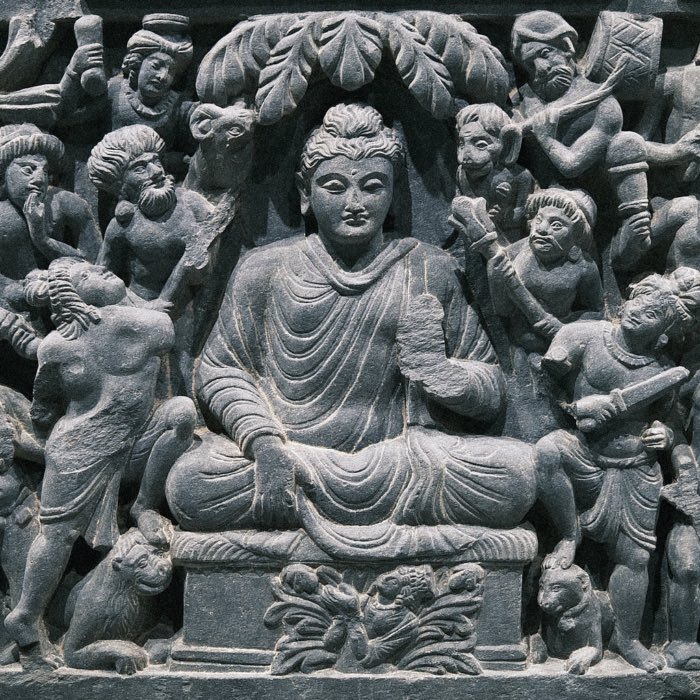
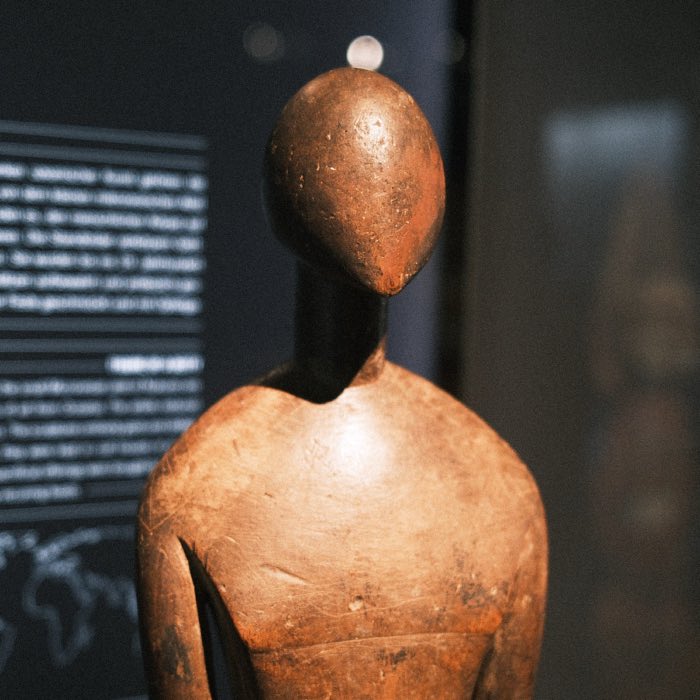
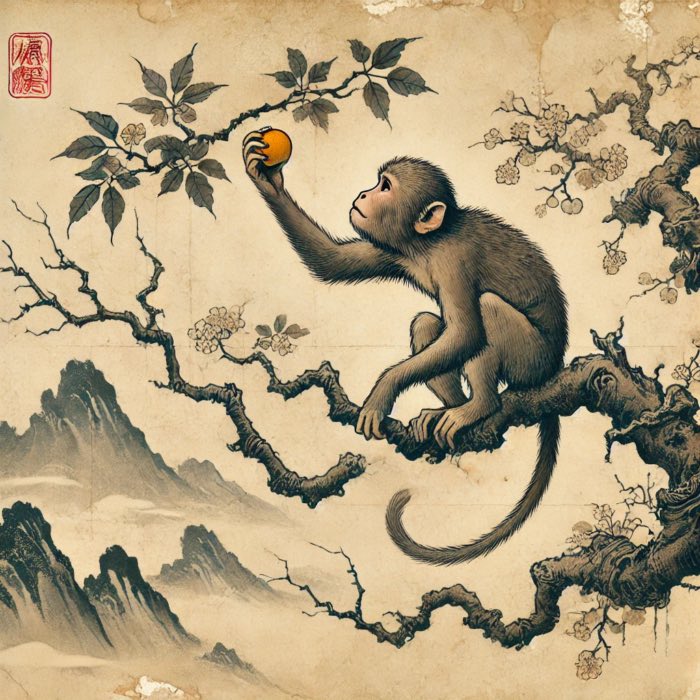
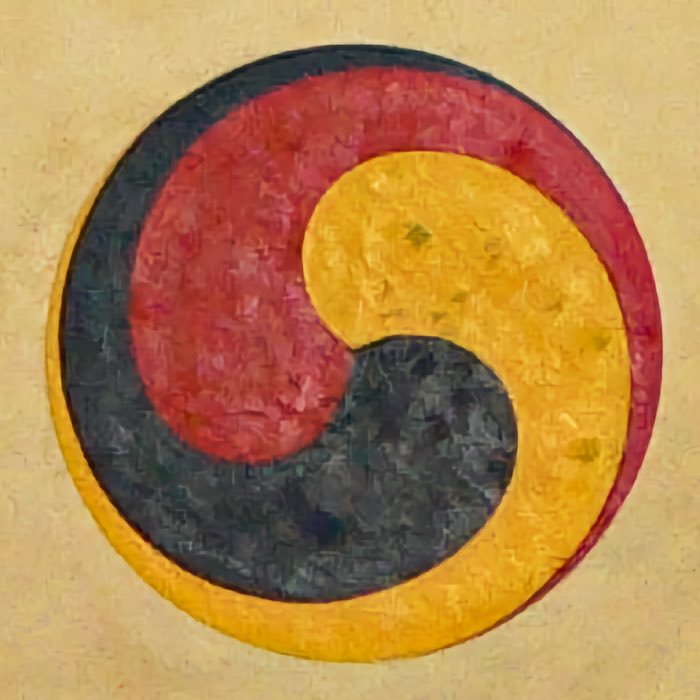
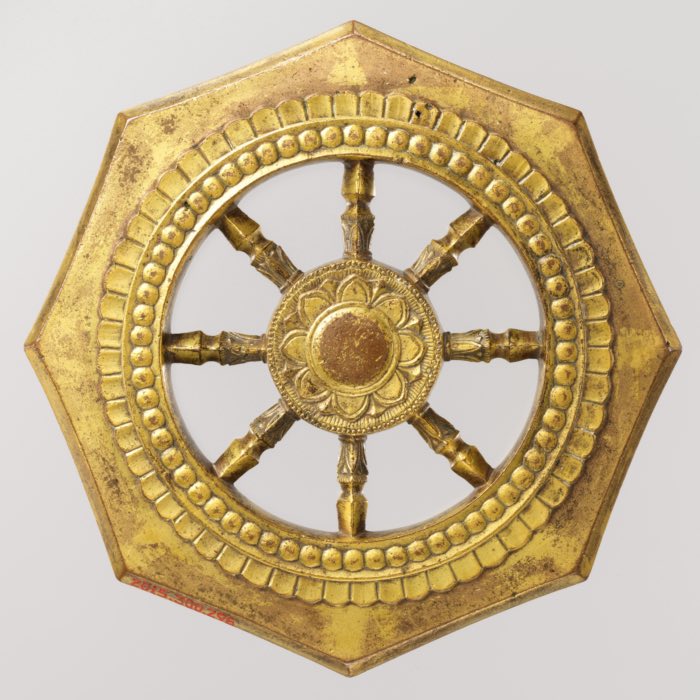
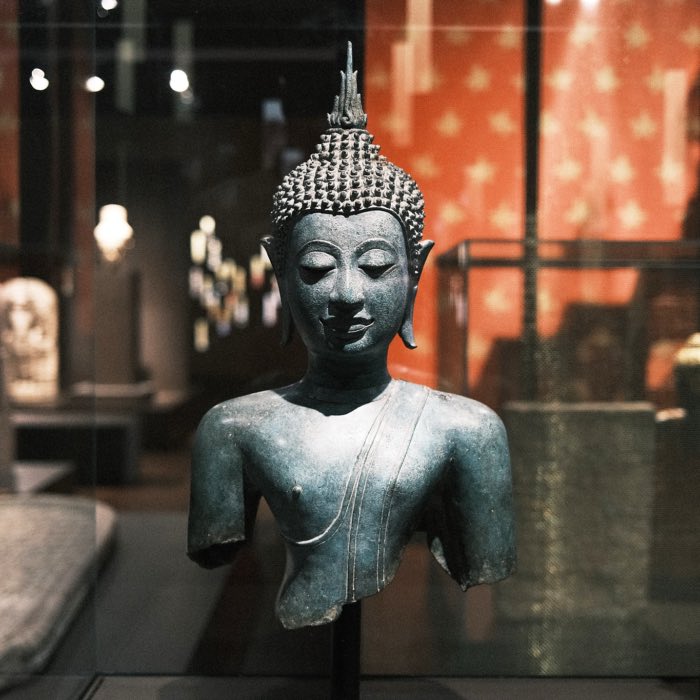
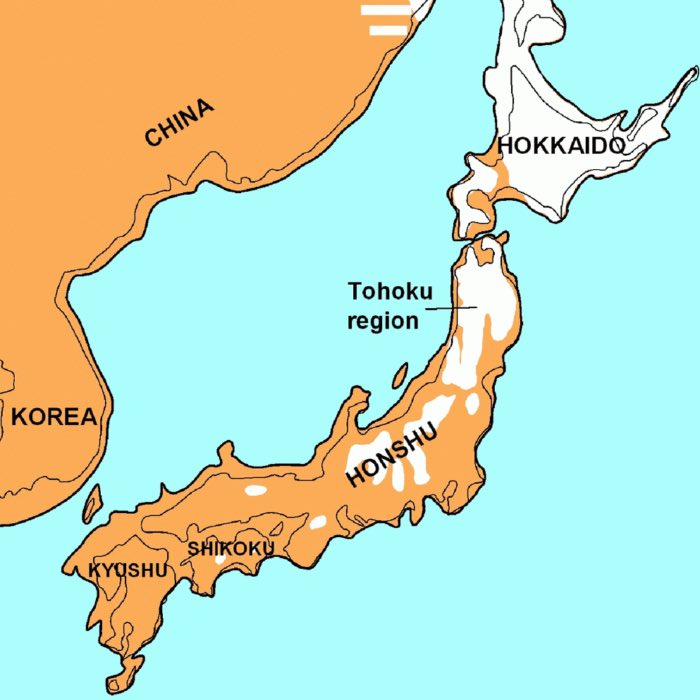
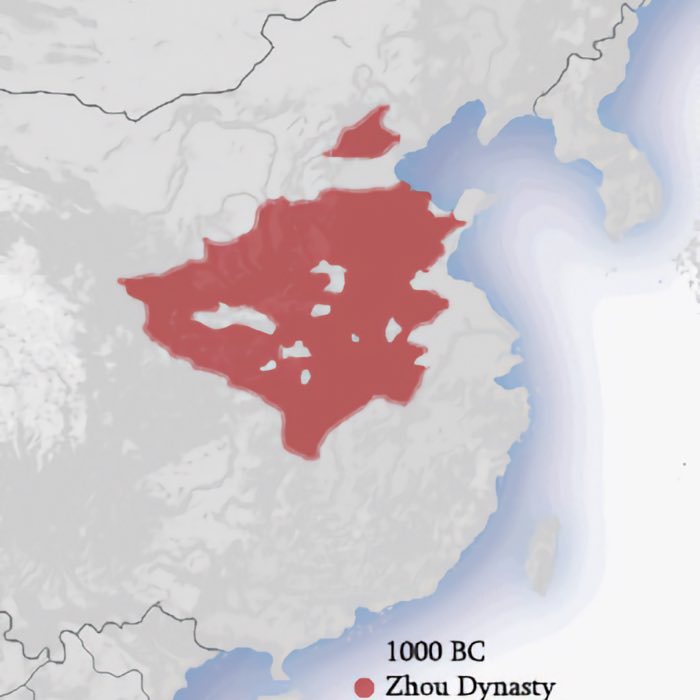
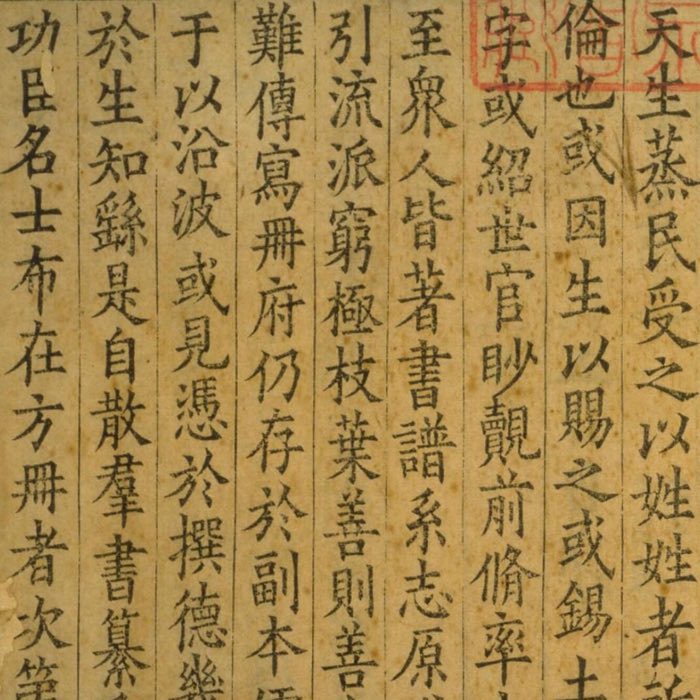
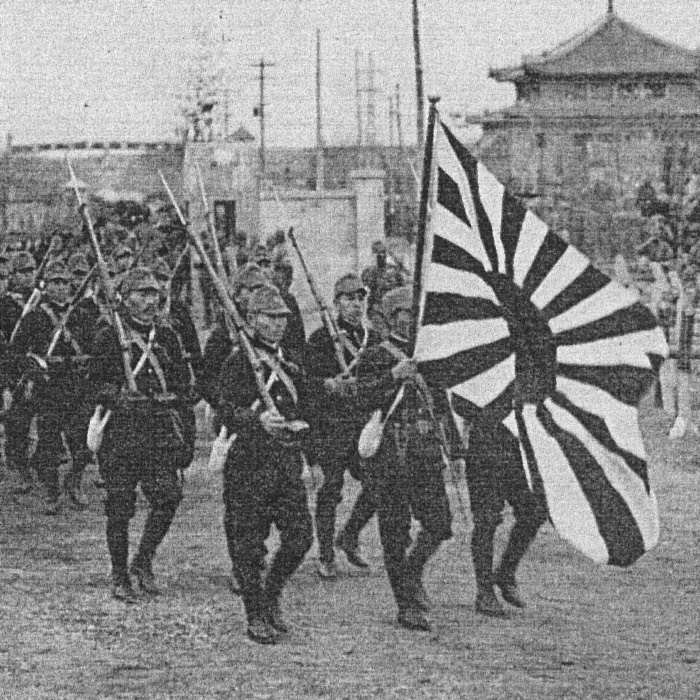
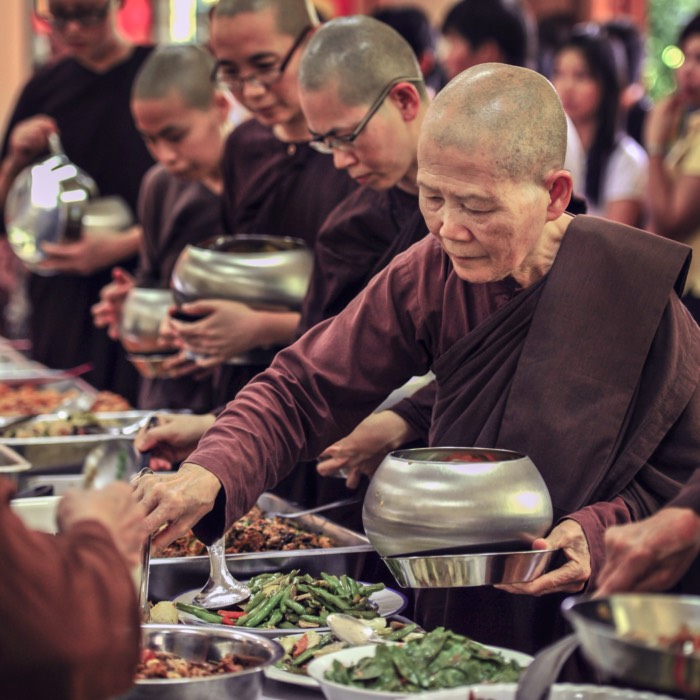
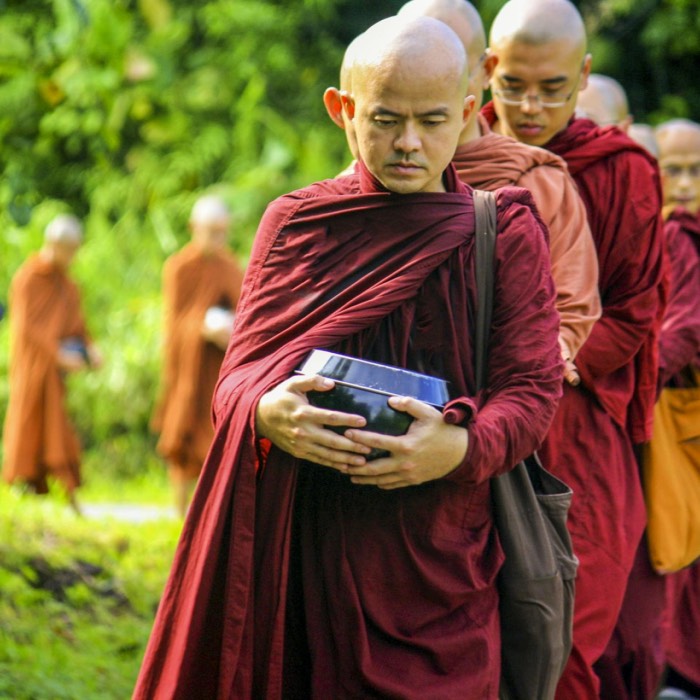





comments